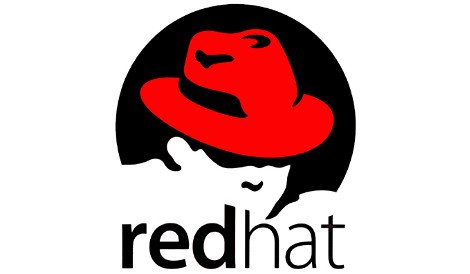Red Hat launched the latest release of its Red Hat Storage Server software, adding comprehensive OpenStack support and geographical replication capabilities among other features the company says make for a software-defined storage solution.
Red Hat Storage Server 2.1 combines features of Red Hat Enterprise Linux 6.4 with the latest GlusterFS community release, oVirt, the open-source virtualization platform, and XFS File System. The solution was designed and tested to meet performance and scale demands for enterprise storage workloads, according to Red Hat.
Ranga Rangachari, VP and general manager, Red Hat Storage, said, “Red Hat Storage continues to work to redefine and revolutionize the way enterprises manage their unstructured data, while setting the open source standard for software-defined storage. The new features in Red Hat Storage servers are designed to help customers optimize business continuity service levels, drive business agility and further simplify and improve operational efficiency across private, public and open hybrid clouds.”
Users now get access to the full private cloud stack with Red Hat Storage Server and Red Hat Enterprise Linux OpenStack Platform. Integration with the latest OpenStack release with object storage capabilities are now accessible using the Object Storage (Swift) API layer in the OpenStack Grizzly release.
Geographical replication technology enhances data protection and availability by replicating data over a WAN link to a disaster recovery site. Internal Red Hat testing demonstrated a 38-times increase in performance compared to existing versions of Red Hat Storage.
Geo-replication also enables proactive fault handling through integrated monitoring and insight into the health of replication operations.
The release also features full Server Message Block (SMB) 2.0 protocol compatibility, integration and support for Microsoft Active Directory and performance enhancements for those want to use Red Hat Storage for Microsoft Windows file serving, sharing and enterprise “sync and share” capabilities.

